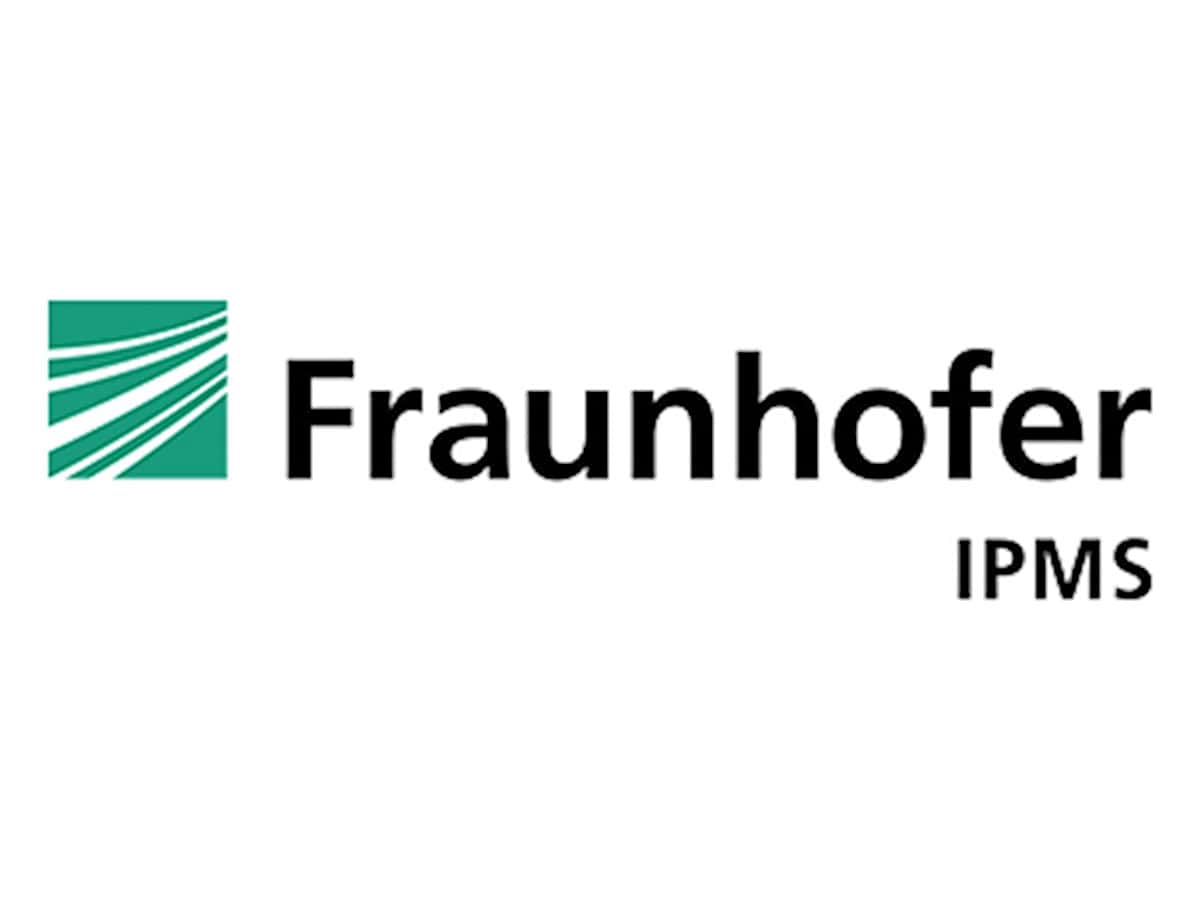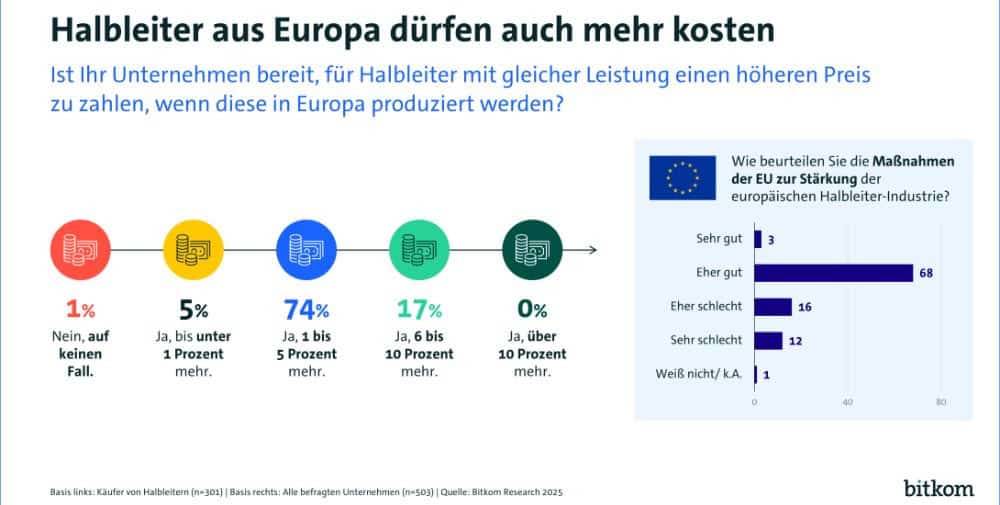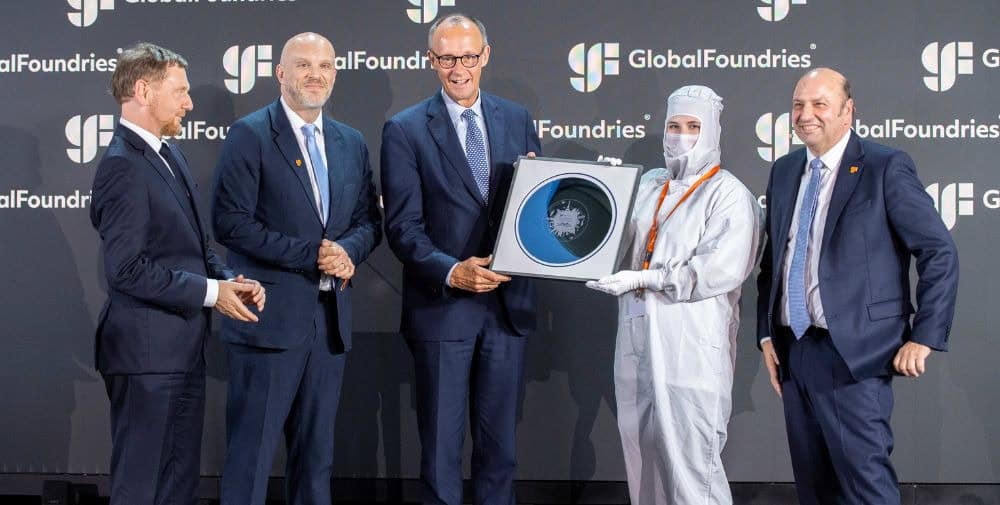
Japan is one of the world’s leading nations in semiconductor manufacturing, medical technology and precision optics – all fields in which surface light modulators (SLMs) serve as crucial components for light control. With its research, Fraunhofer IPMS contributes significantly to the further development of these key industries. SLMs enable the targeted modulation of light intensity, direction and phase – at micro level and at the highest speeds. This opens up concrete potential for the Japanese market, particularly for companies in the fields of lithography, microscopy, adaptive optics and holographic displays.
Evaluation kits containing arrays with 64,000 individually controllable micromirrors (256 x 256 pixels) will be presented at the Photonix trade fair in Japan. Depending on the actuator used, these micromirrors can be tilted or deflected vertically. This extension makes the kits versatile and enables developers to test multiple mirror architectures on a uniform platform.
“Normally, different mirror technologies require different actuation systems,” explains Dr. Michael Wagner from Fraunhofer IPMS. “Our kits make it possible to evaluate different types of micromirrors on a central system – a special feature that we also offer to the Japanese market.”
The kits can be used for applications in the ultraviolet, visible and near-infrared spectral range – a plus point for processes in semiconductor and medical technology, among others, which are prominent industries in Japan. Fraunhofer IPMS components can also be used in the deep UV range.
The mirrors are controlled using highly developed electronics that enable modulation frequencies in the kilohertz range. This is particularly suitable for applications that require fast pattern changes. The nanometer-accurate calibration of the mirrors allows a precise, almost continuous tilting or lowering movement. The complete kit includes the control electronics, the micromirror chip as well as suitable software solutions and integration support.
High-precision light modulation for Japanese industry and research
The developments in this area open up a wide range of promising applications in Japan that offer great potential for future innovations. In microscopy, the precise control of 1-axis tilting mirrors could lead to selective and high-resolution sample illumination that sets new standards in imaging. In the semiconductor industry, high-precision modulation methods in the UV and deep UV range offer the potential to further perfect lithography processes.
Low-loss light redistribution with 2-axis tilting mirrors also opens up opportunities for significantly improved efficiency in material processing. In the field of 3D holography, realistic, spatial representations can be raised to a new level in the future through precise phase modulation using tilting mirrors. Previous 2D representations can only create a depth effect through special visual effects.
These developments can make a significant contribution to the creation of innovative solutions, particularly in the area of 3D displays, e.g. in the form of head-up displays.
In the fields of astronomy and quantum computing, exciting prospects for scientific breakthroughs are opening up in the form of perpendicular mirror-based adaptive optics, which can be used for rapid phase correction and/or the generation of so-called optical traps.
– – – – – –
Further links
👉 www.ipms.fraunhofer.de
Photo: Fraunhofer IPMS




